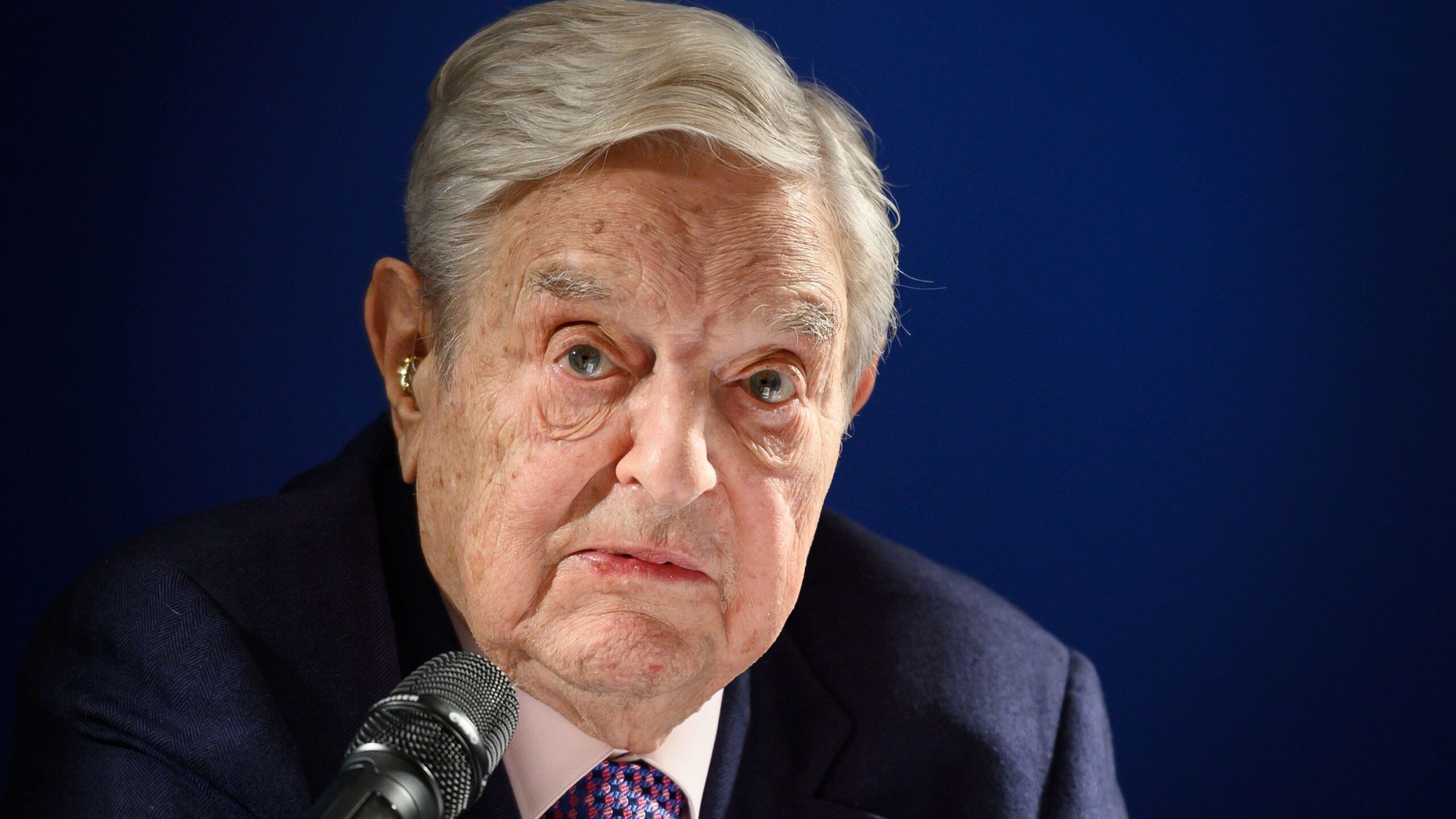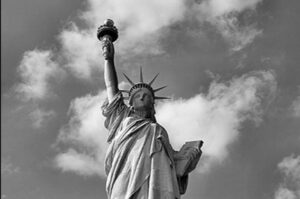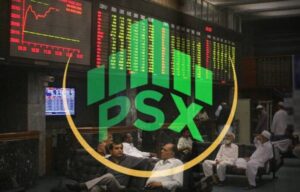On September 16, 1992—a day now infamous as Black Wednesday—hedge fund manager George Soros orchestrated one of the most successful and dramatic financial trades in history. By betting aggressively against the British pound sterling, his actions effectively forced the UK government to withdraw the pound from a European currency mechanism, earning his Quantum Fund an estimated $1 billion in a single day. The phrase “The Man Who Broke the Bank of England” was born.
🇬🇧 The Unstable Peg: Britain and the ERM
The crisis had its roots in the European Exchange Rate Mechanism (ERM), which the UK joined in 1990. The ERM was designed to limit currency fluctuations between participating European nations by pegging their currencies to the German Deutschmark within a narrow band.
The Fatal Flaw
Soros and his team recognized a fundamental unsustainability in the UK’s position:
Overvalued Pound: Britain had entered the ERM at a rate that many economists believed was too high. This overvaluation hurt British exports and worsened the country’s weak economic growth and high inflation.
Conflicting Interests: To maintain the high exchange rate mandated by the ERM, the Bank of England (BoE) was forced to keep interest rates high. However, high interest rates were devastating the domestic economy, which was already in recession. Domestic economic needs demanded lower rates, while the ERM commitment demanded higher rates.
Soros understood that eventually, something had to give. The UK could not simultaneously meet its ERM exchange rate commitments and address its crippling domestic economic problems.
📈 The Mechanic of the Trade: Short Selling
The core of Soros’s strategy was a massive short sale against the pound sterling.
How a Short Sale Works
A short sale is a bet that an asset’s price will fall. In currency trading, this involves:
1. Borrowing: Soros’s Quantum Fund borrowed billions of pounds sterling from banks.
2. Selling: They immediately sold those borrowed pounds for other, stronger currencies (primarily the Deutschmark) at the existing, high exchange rate.
3. Waiting for the Drop: Soros then waited for the British government to concede defeat and devalue the pound.
4. Buying Back and Profiting: Once the pound’s value collapsed, they would buy back the required amount of pounds at a much lower price, repay the initial loan, and pocket the enormous difference.
This process is a form of speculative attack—the sheer volume of sales flooded the market with pounds, effectively putting an immense, coordinated strain on the currency’s value.
💥 Black Wednesday: The Battle Between Speculators and the Central Bank
On September 16, 1992, the battle reached its peak.
Massive Selling: Soros and other speculators, convinced the peg was doomed, began selling over $10 billion worth of pounds in an unprecedented deluge. This volume drove the value of the pound to the floor of its allowed ERM range.
Bank of England’s Defense: The BoE fought back desperately to defend the pound’s value, as required by the ERM. They took two main actions:
Buying Pounds: The BoE spent billions of its foreign currency reserves (Deutschmarks, dollars, etc.) to buy pounds in the open market, attempting to increase demand.
Raising Interest Rates: The government dramatically hiked the base interest rate, first from 10\% to 12\%, and later to an astonishing 15\% in a single day, hoping to attract foreign capital and stop the selling.
The Surrender: These efforts were futile. The sheer magnitude of the speculative selling pressure, combined with a lack of confidence from the German Bundesbank (which refused to support the pound), overpowered the BoE’s reserves. By the evening, the Chancellor of the Exchequer was forced to announce the UK’s withdrawal from the ERM and allow the pound to float freely (devalue).
📈 The Aftermath and Legacy
The immediate consequences were a blow to the government’s reputation and a sharp drop in the pound’s value. However, the forced devaluation ultimately gave the Bank of England the freedom to cut interest rates, which helped to stimulate the economy and contribute to a later period of sustained economic growth.
George Soros, the man who correctly identified the fundamental vulnerability of the fixed exchange rate, became a legend in the world of finance. His trade remains a powerful example of how overwhelming market forces, driven by a deep understanding of economic fundamentals, can successfully challenge the monetary policy of even a major central bank.





Be First to Comment